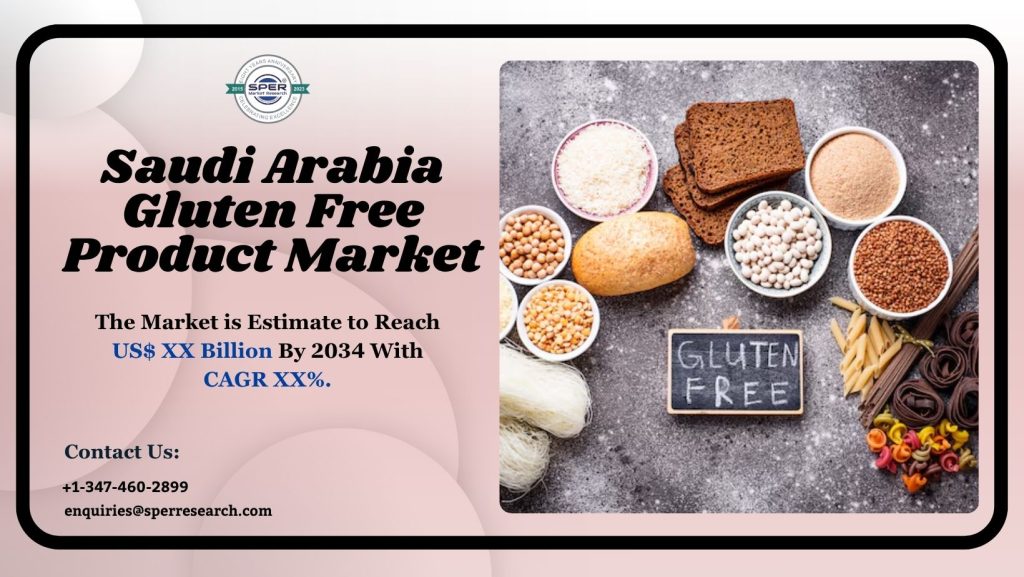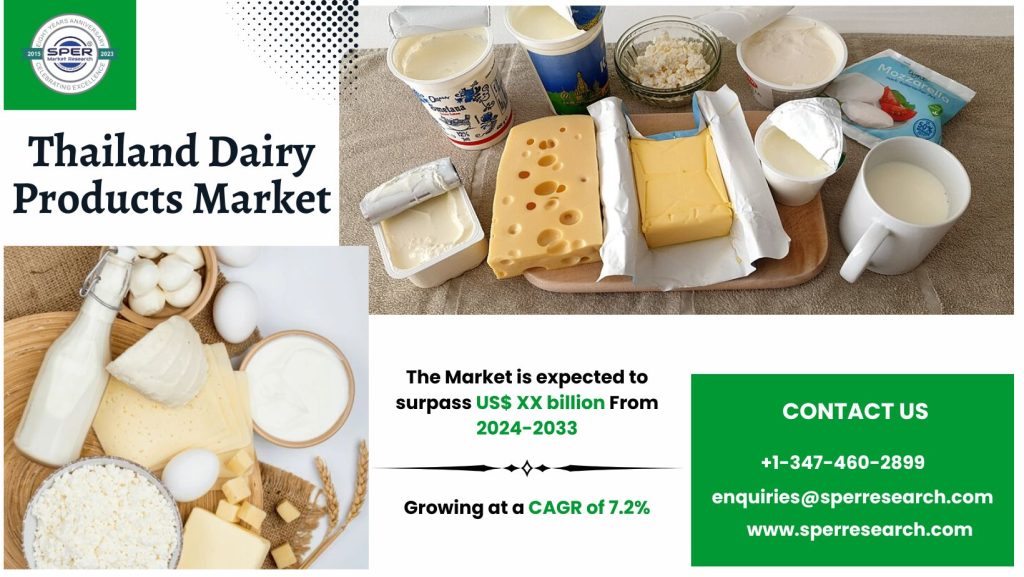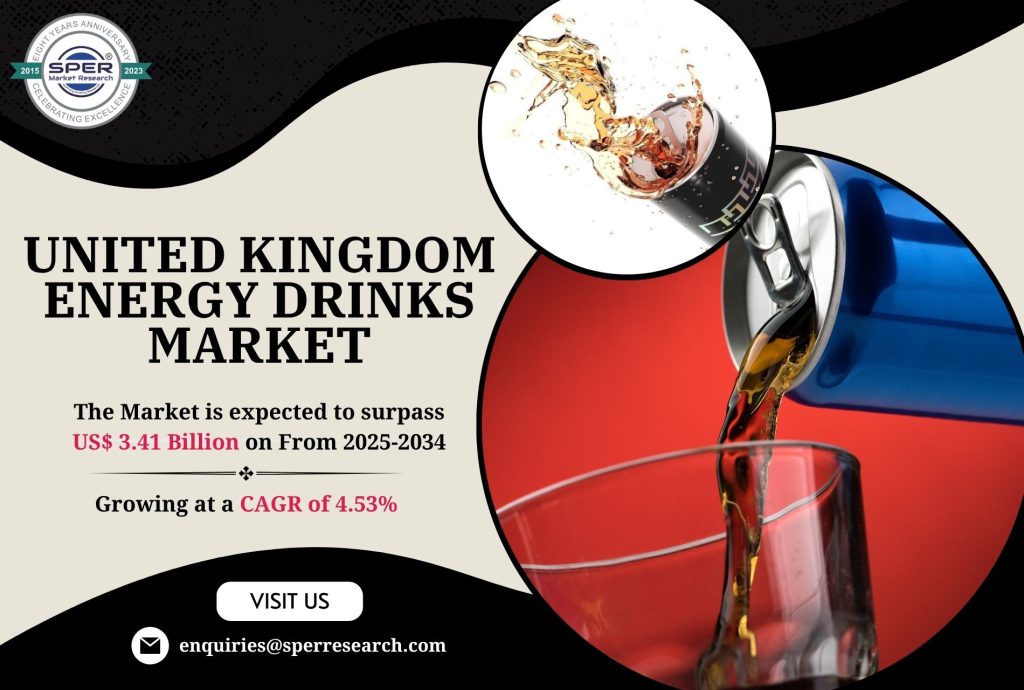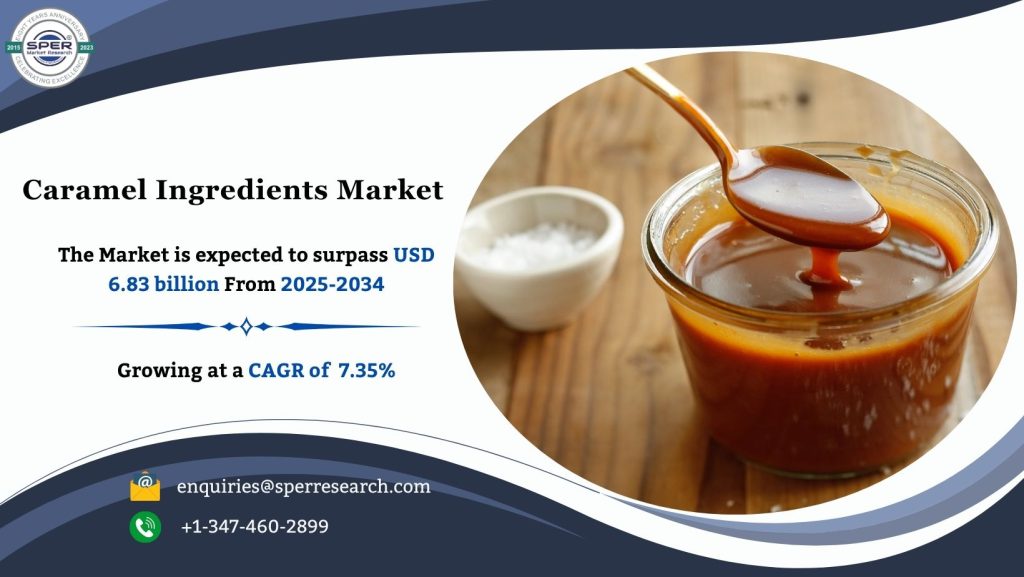High oleic soybeans are a specially bred variety of soybeans designed to contain higher levels of oleic acid, a monounsaturated fat, while reducing the amount of saturated and polyunsaturated fats. This modification improves the nutritional profile of the oil produced from these soybeans, making it a healthier option for cooking and food production. High oleic soybean oil offers benefits such as improved heart health, better cholesterol levels, and greater oxidative stability, which makes it ideal for high-heat cooking and extended shelf life. Additionally, it serves as a sustainable alternative to less healthy oils like palm oil or partially hydrogenated oils, which have been linked to negative environmental and health impacts.
According to SPER market research, ‘Global High Oleic Soybean Market Size- By Grade, By Application, By Distribution Channel – Regional Outlook, Competitive Strategies and Segment Forecast to 2034’ state that the Global High Oleic Soybean Market is predicted to reach 1622.25 Million by 2034 with a CAGR 12.58%.
Drivers:
The high oleic soybean market is expanding due to growing consumer interest in healthier and more sustainable food choices. With a shift in the food industry toward clean labeling and natural ingredients, high oleic soybean oil is increasingly favored for its nutritional value, long shelf life, and neutral taste—ideal for use in cooking, snacks, processed foods, and baked goods. Its lower levels of trans and saturated fats make it an attractive alternative to traditional oils. Additionally, its potential for reduced environmental impact, such as lower resource use and emissions, supports sustainability efforts and encourages wider industry adoption and innovation.
Request a Free Sample Report: https://www.sperresearch.com/report-store/high-oleic-soybean-market?sample=1
Restraints:
Although the high oleic soybean market shows strong potential, it faces several challenges. Higher production costs compared to traditional soybeans can discourage farmers and manufacturers from adopting it. Limited consumer awareness about its unique health benefits may also slow demand, particularly in markets sensitive to price. Additionally, managing supply chains to ensure identity preservation and proper segregation adds complexity. The market also competes with other healthy oils like canola and sunflower, which can restrict its growth. Furthermore, varying regulations across different regions create additional barriers to widespread adoption and expansion.
The high oleic soybean market in Europe has seen significant growth, fueled by increasing consumer interest in healthier diets and greater awareness of the heart health benefits of unsaturated fats. As more Europeans look for alternatives to oils high in saturated fats, high oleic soybean oil is becoming a preferred choice due to its enhanced nutritional qualities. Moreover, the European food industry is under growing pressure to cut trans fats and enhance the nutritional content of products, which has contributed to the wider use of high oleic soybean oil in food manufacturing. Some significant market players are Archer Daniels Midland Company (ADM), Bayer CropScience, Bunge Limited, Cargill, Incorporated, Corteva Agriscience, Maverik Oils, and others.
For More Information, refer to below link: –
High Oleic Soybean Market Growth
Related Reports:
Follow Us –
LinkedIn | Instagram | Facebook | Twitter
Contact Us:
Sara Lopes, Business Consultant — USA
SPER Market Research
enquiries@sperresearch.com
+1–347–460–2899









